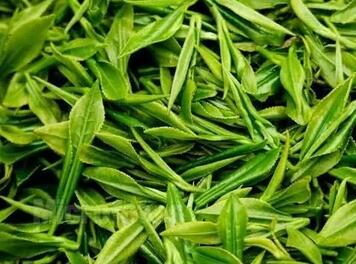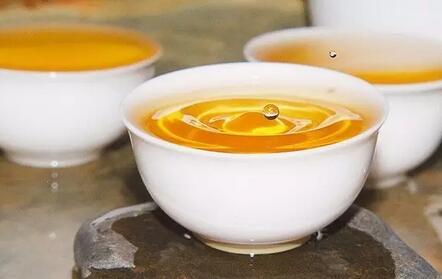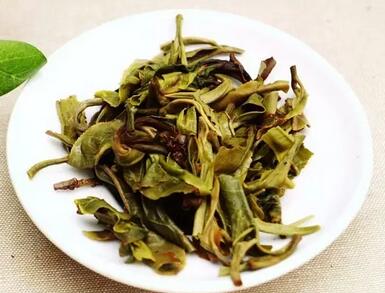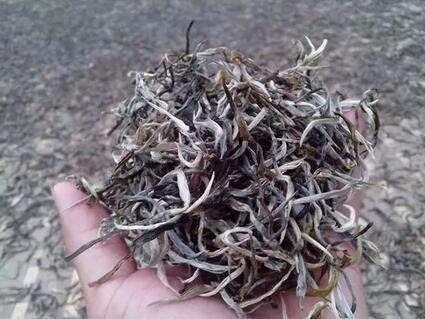
1. Observe the Appearance
Spring tea leaves are usually tightly wrapped, plump, and thick, often with fine hairs. They have a vibrant color and a fresh, strong aroma. In contrast, summer and autumn tea leaves are looser, darker in color, and have a milder fragrance, making them easily distinguishable from spring tea.

2. Check the Infusion Color
During storage, certain compounds in tea that contribute to its color slowly decompose or oxidize, causing green tea to lose its brightness. Aged tea develops more theabrownin, turning the infusion yellowish-brown and murky instead of fresh. Spring tea sinks quickly when brewed, releasing a strong, lasting aroma and a rich flavor. Summer and autumn teas sink slower and have a weaker fragrance.

3. Savor the Aroma
Over time, flavor compounds in tea either evaporate or condense into water-insoluble substances. As a result, new tea tastes mellow and fresh, while aged tea becomes bland and less vibrant.

4. Examine the Brewed Leaves
After brewing, new tea leaves appear greenish-yellow and tender, whereas aged tea leaves turn yellowish and lack freshness.

5. Beware of "Dyed Tea"
Experts warn that dyed tea often looks excessively bright. To test, wet your fingers and rub the leaves. If they leave noticeable green stains, the tea may be adulterated. When brewed, dyed tea produces an unnaturally vivid green liquor that separates into distinct layers over time.
